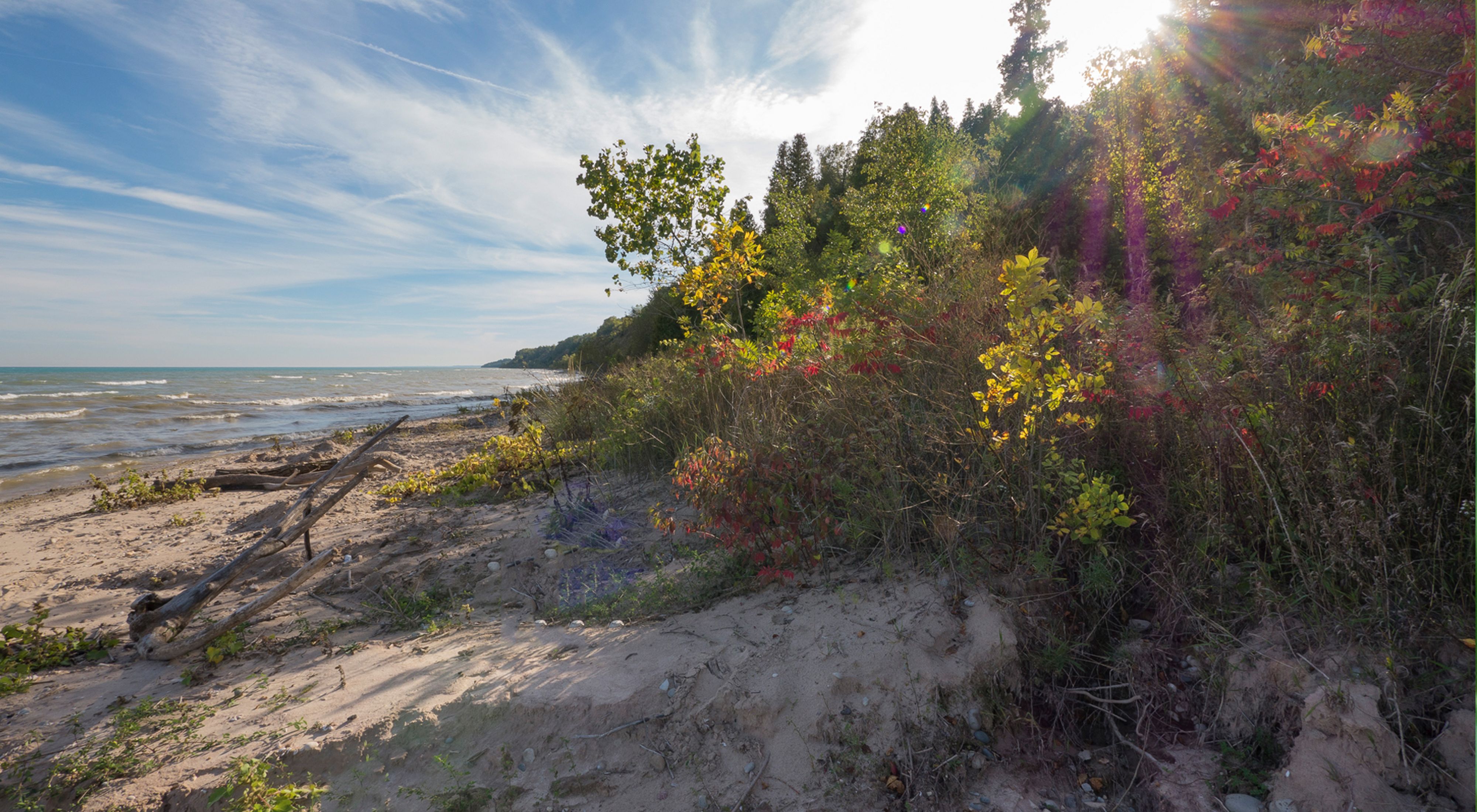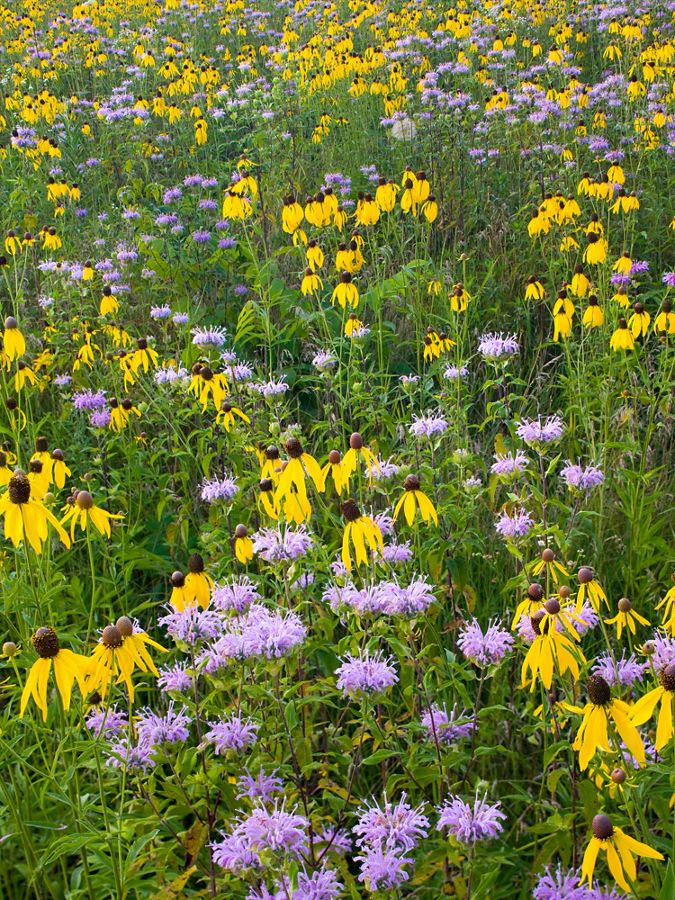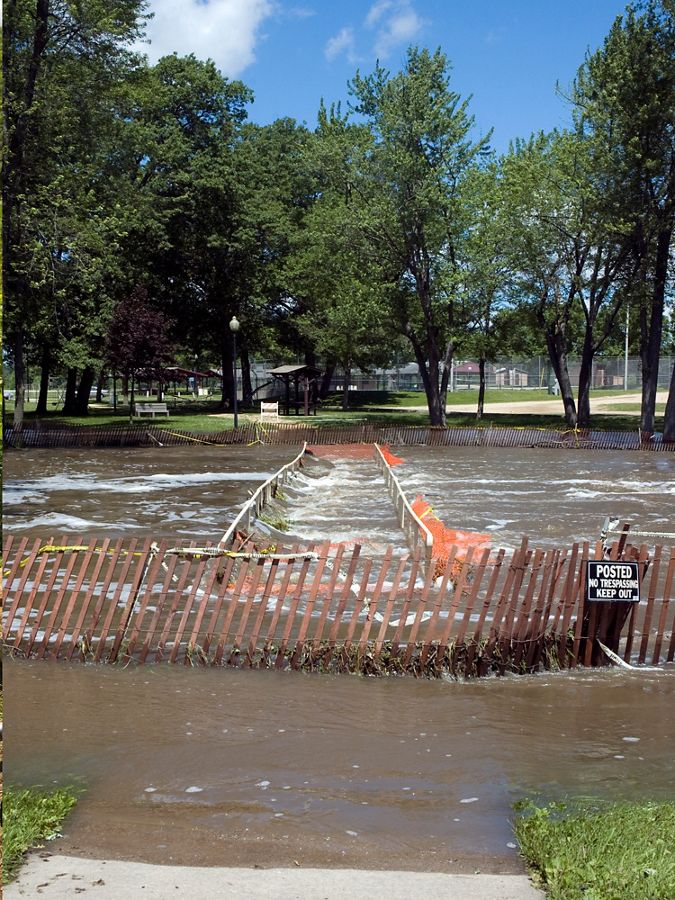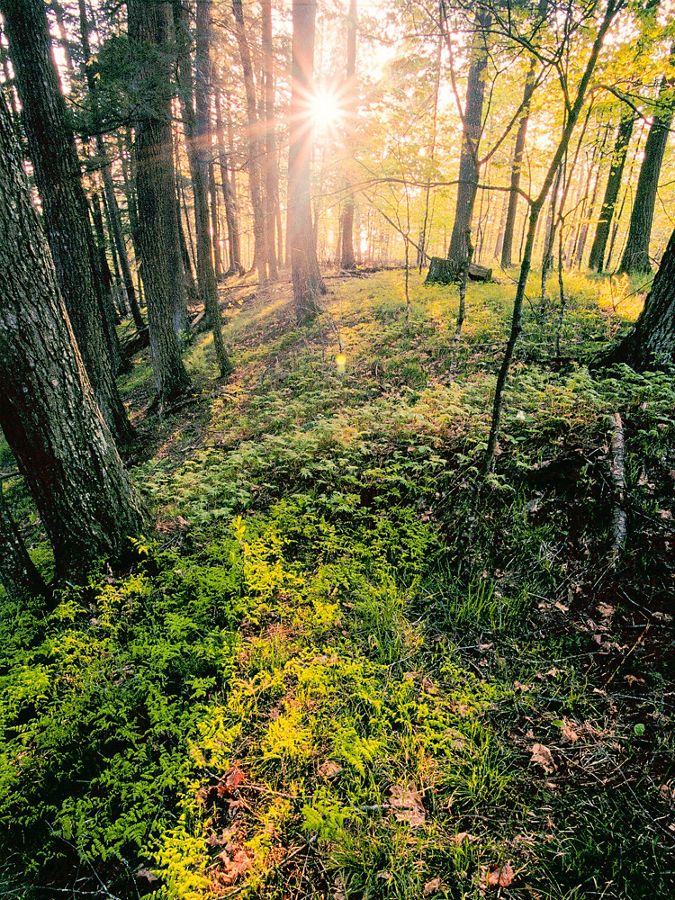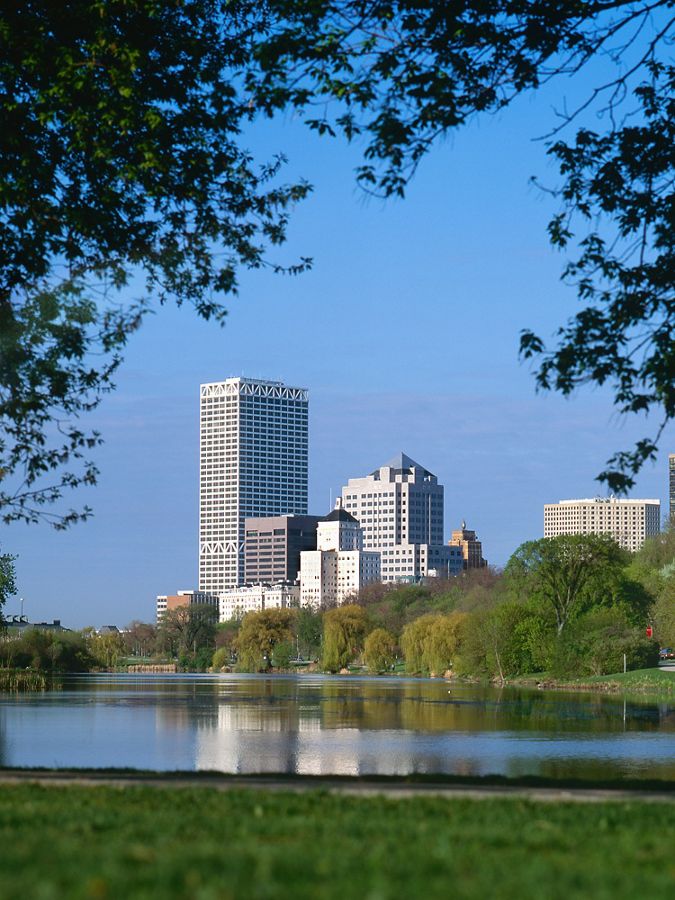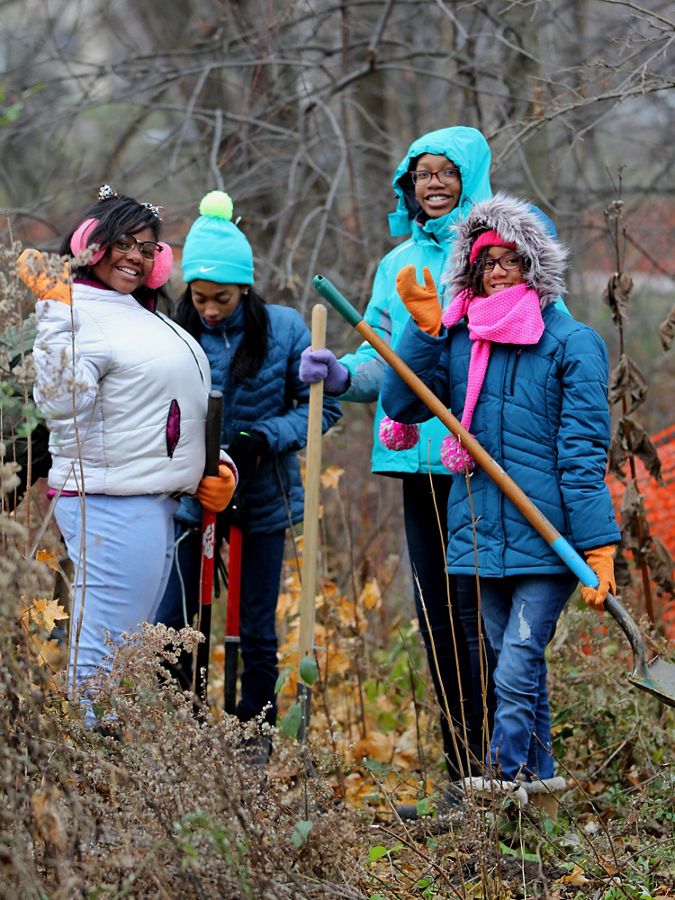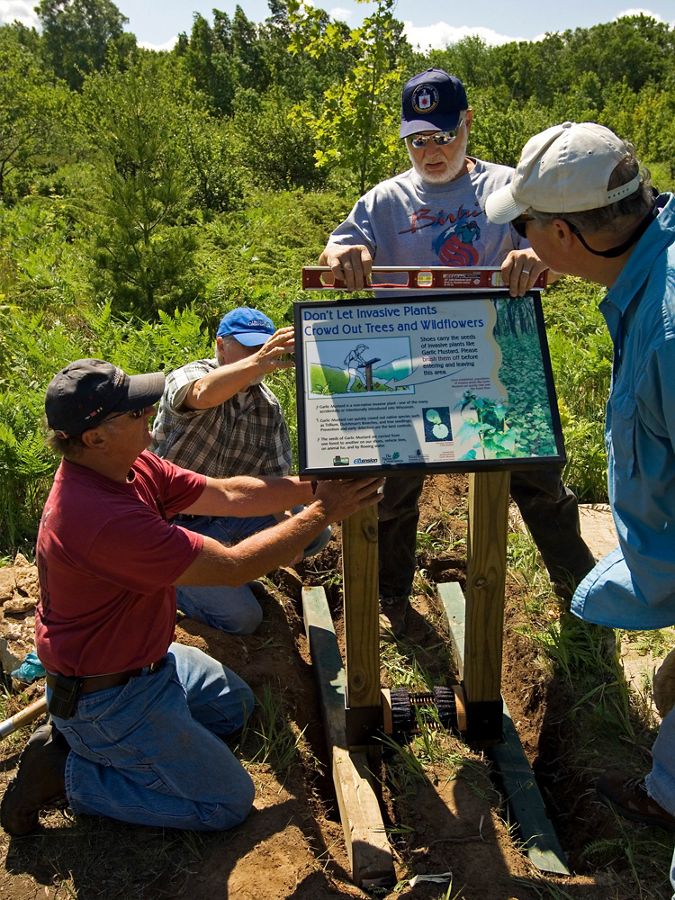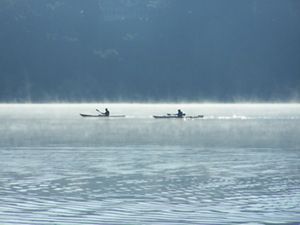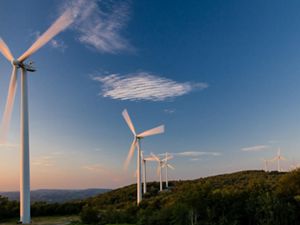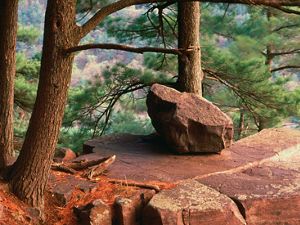Wisconsin’s Path: By the Numbers
-
2,000
Acres of land and water protected.
-
500k
Acres of soil health practices we partnered on with farmers
-
67,000
Trees planted for clean air, water and wildlife
-
5,276
Acres of land managed with prescribed fire
Wisconsin’s Path: Your Impact on Our Journey to Protect Nature
In 2017, The Nature Conservancy in Wisconsin launched a campaign to support our efforts to move even more quickly to protect Wisconsin’s lands and waters, transform how people use land and water in a way that is more sustainable, and inspire more people to take action for nature.
Four years into the Wisconsin’s Path campaign, we have raised more than $65 million in gifts for today and legacy gifts for tomorrow.
The challenges we face are enormous—from a changing climate to the loss of biodiversity and a growing population—and so our campaign continues. It is a journey to create a world where people and nature can thrive together. It is an ambitious goal and it will take all of us.
Every person and every dollar will make a difference. If you’ve made a gift to Wisconsin’s Path, thank you! If not, we invite you to join us on the path ahead with your gift.








The Way Forward in Wisconsin
So, what’s ahead for The Nature Conservancy in Wisconsin?
As we move into the final year of our Wisconsin’s Path campaign, the challenges are urgent and complex, and our work will continue with the support of our staff, volunteers, partners, and people like you. Here are just a few of the exciting things to come:
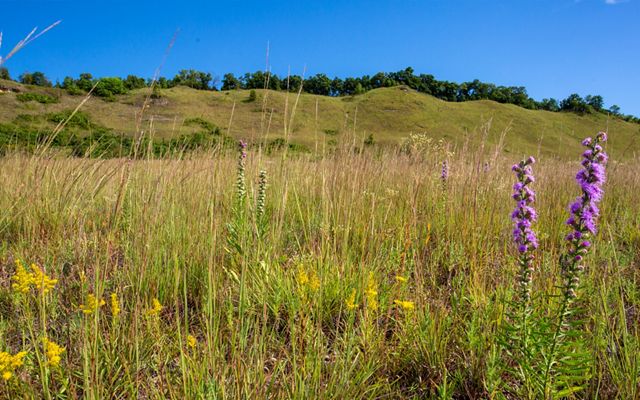
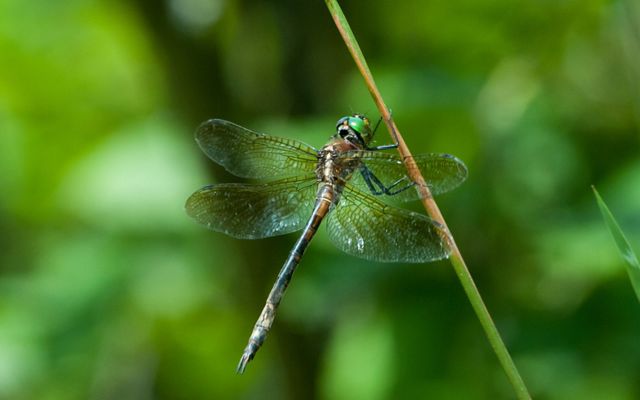
Protect Land and Water:
Support Statewide Land Stewardship
To increase the pace and scale of land management across the state, we are deploying a new mobile land management crew in 2021. This unit of four land stewards will concentrate efforts on one geographic region at a time to address each preserve’s most urgent need at the optimal time of the year for active management. The crew will perform critical conservation practices on preserves, including invasive species removal, prairie and tree plantings, prescribed burns, trail maintenance and species monitoring.
Protect the Desert of Wisconsin in Spring Green
Known as the Wisconsin Desert for its sandy soil and prickly pear cacti, the Spring Green Preserve is a place where forest meets bluff and bluff levels off into plains and dunes. Among the wildlife found at Spring Green are rare tiger beetles, meadowlarks and other grassland birds, and a variety of lizards. One of the most significant threats to this unique landscape is habitat fragmentation. We are strategically protecting land to create a 1,300-acre expanse of prairie and oak woodland at this one-of-a-kind landscape.
Protect Coastal Habitat on the Door Peninsula
One of our priority conservation sites in Wisconsin is the Door Peninsula, a beloved coastal Lake Michigan landscape known for its rocky cliffs, sandy beaches, coniferous forests, and globally-significant wetlands. We are expanding our Shivering Sands, North Bay-Mud Lake and Kangaroo Lake preserves to help protect critical habitat for native fish, rare species like the dwarf lake iris and federally-endangered Hine’s emerald dragonfly, and thousands of birds that depend on them for nesting and stopover habitat during spring and fall migration.
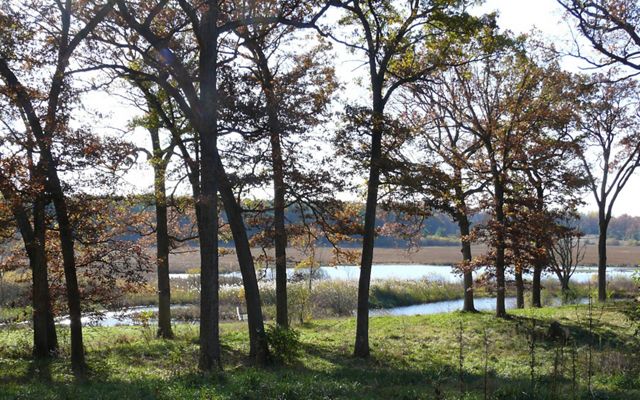
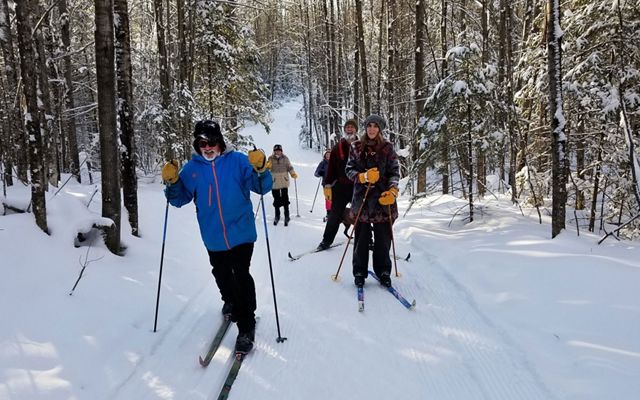
Address Climate Change:
Storing Carbon with Conservation
TNC is working to integrate carbon sequestration into land management plans on preserves. With NIACS, we are planning a pilot study at the Newell and Ann Meyer Preserve in 2021, which protects the headwaters of the Mukwonago River as well as the surrounding uplands. The pilot will integrate carbon storage into land management objectives as we restore and maintain a high-quality wetland complex immediately surrounding the headwaters, and an upland community complex of oak savannas, oak woodlands, and prairie.
Connect People and Nature:
Improve Access to Wisconsin Preserves
We are working to make some preserves more accessible for our visitors to enjoy, whether they hike, run, cross country ski, birdwatch or simply take in the scenery. We will improve parking and trailhead access and install a 100-foot boardwalk at Catherine Wolter Wilderness Area, which is known for its nearly 10 miles of undeveloped shoreline along 15 wild lakes and ponds.
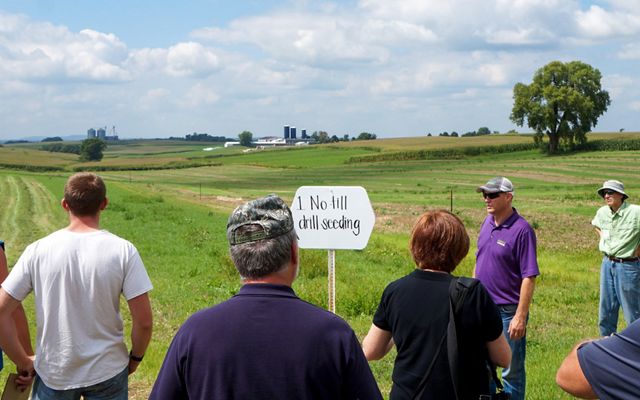
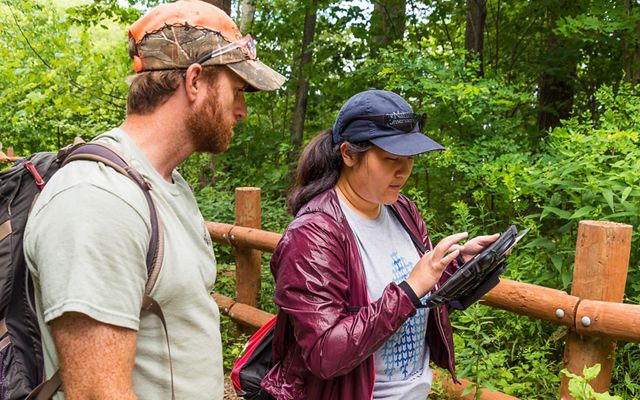
Provide Food & Water Sustainably:
Increase Adoption of Conservation Practices on Farms
We have set a goal to collaborate with organizations and agencies throughout the state to help implement 3.5 million acres of no-till farming by 2025. Building on our successful partnership with Farmers for Sustainable Food to support farmers putting more soil conservation practices on their farm fields, we are teaming up with Dairy Management Inc. to bring incentive payments to more Midwestern farmers who implement sustainable agricultural practices. This means farms will plant more acres of cover crops and commit more acres to no-till farming so they can feed our communities while improving water quality and building soil health on their agricultural lands.
Build Healthy Cities:
Launch an Urban Conservation Program in Milwaukee
After a year-long planning process in the Greater Milwaukee region, we are hiring an urban conservation manager who will build on that work with community leaders to find ways to address conservation challenges, especially in low‑income neighborhoods.
Modeling the collaborative spirit of our East River resiliency project in the Green Bay area, a first charge for the Urban Conservation Manager will be to jointly plan actions with stakeholders and partners—including community health organizations and other community groups, utilities, municipalities, and environmental nonprofits—to address obstacles and capitalize on opportunities to implement nature-based solutions to improve water quality and climate resilience.
Ways to Give
There are many ways to give to The Nature Conservancy that aren’t a cash gift or pledge. Many of TNC’s supporters give in other ways that better suit their individual situations. Four of the most common are reflected on these pages. Like other charitable gifts, they can provide significant tax advantages. If you are interested in having a conversation with a member of our Development Team about these or other options for giving to TNC, please reach out to Katy Coelho, Director of Development, at kcoelho@tnc.org or 608-316-6410.
-
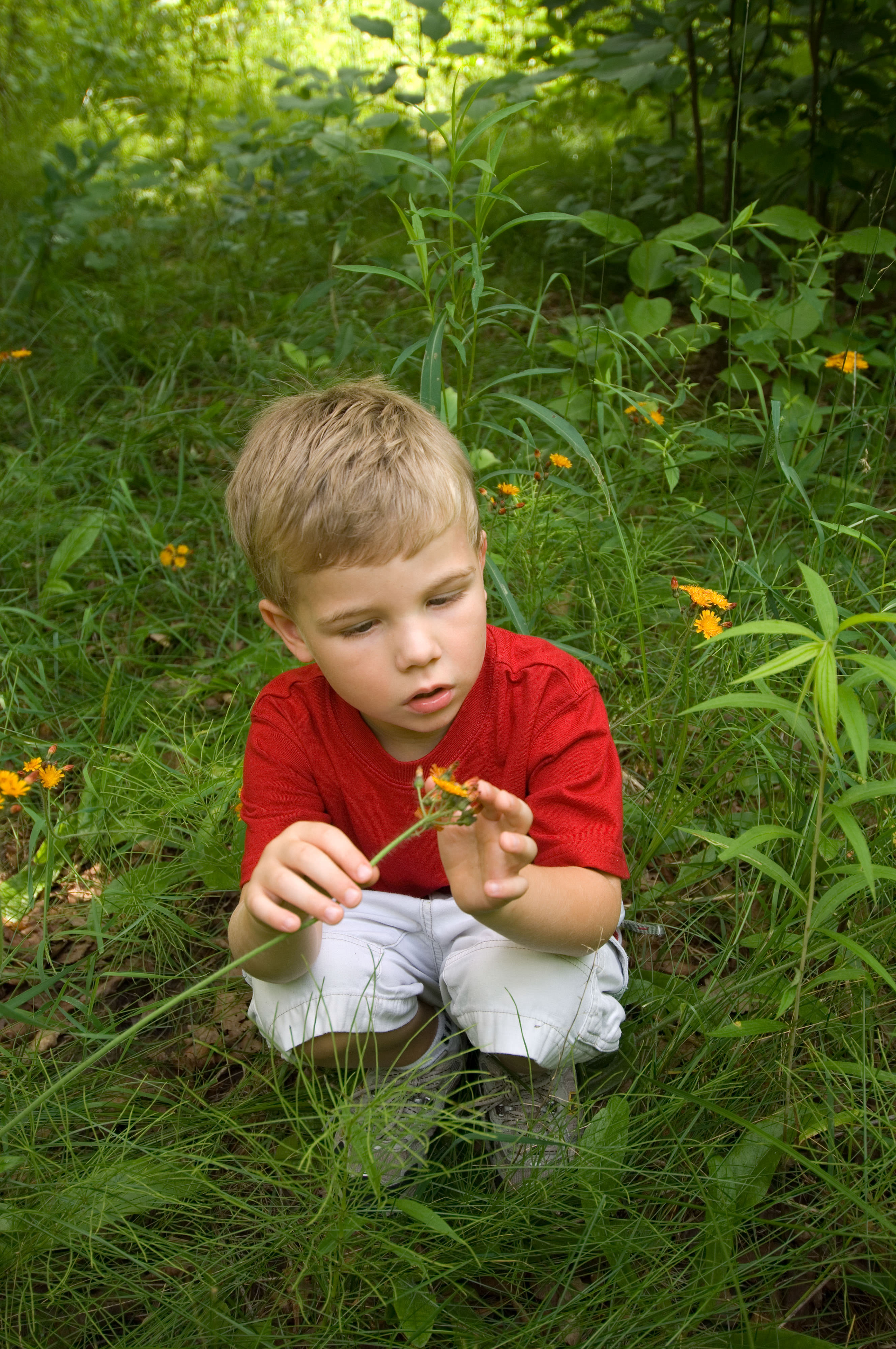
Gifts for Today
The threats to our natural world have never been greater and the need for bold solutions has never been more urgent. Your gift to Wisconsin’s Path campaign will build on our 60-year history and put the best conservation science into action right now. Make your Wisconsin’s Path gift today
-

The Legacy Club
Legacy Club members—those who include TNC in their estate plans—are critical to long-term conservation success and stability. More than 20 percent of the funds TNC raises globally for conservation come from Legacy Club gifts. Learn more about the legacy club.
-

Donor Advised Fund
A cost-effective and efficient alternative to establishing a private foundation, this flexible fund represents a commitment to TNC that also preserves the donor’s ability to choose how and when distributions are made, at their own pace. Learn more about Donor Advised Funds.
-
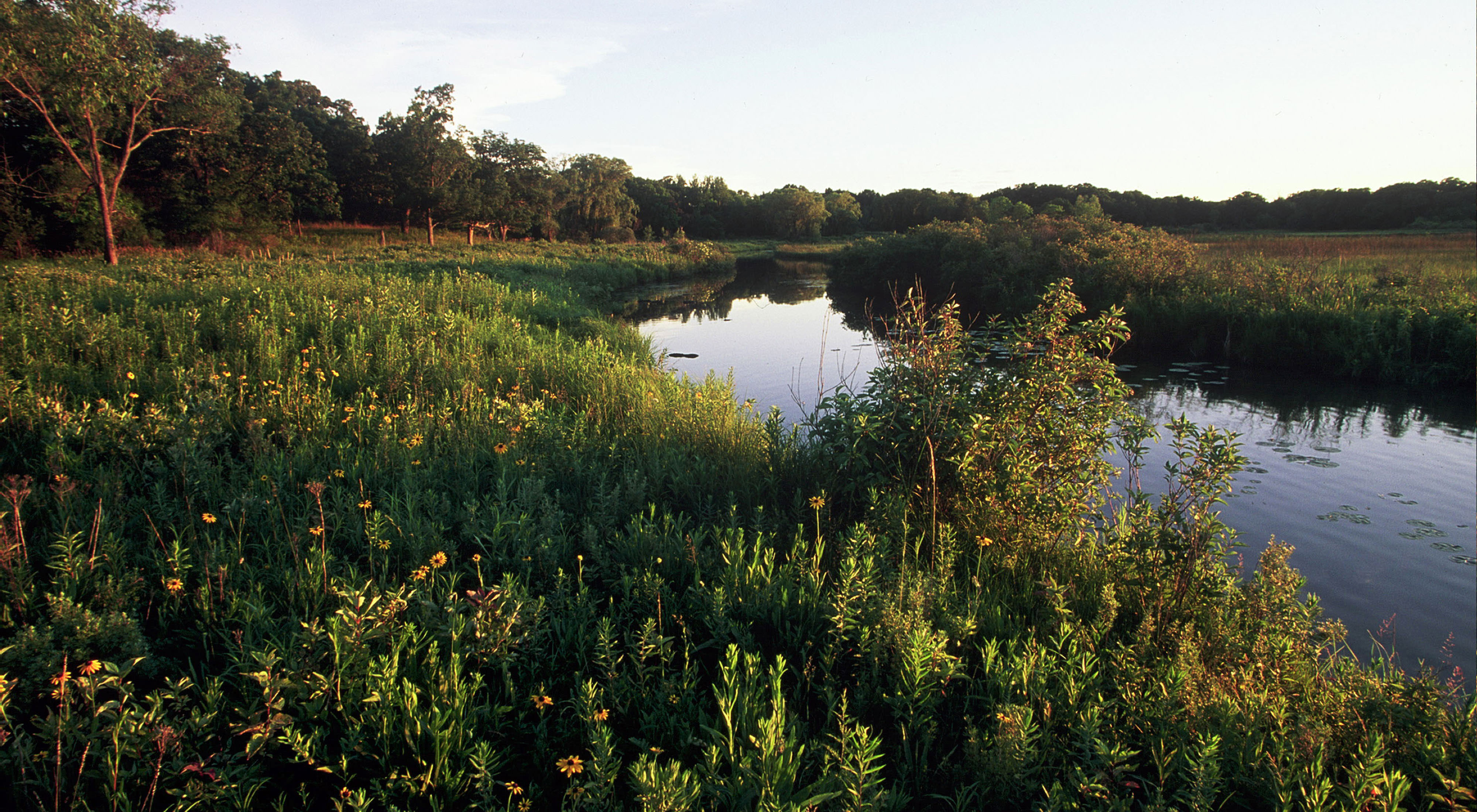
Charitable IRA Rollover
Some donors are surprised to find that they can put their IRAs to work for nature! Direct distributions from one’s IRA to TNC can be made without incurring income tax on the withdrawal, while also protecting Wisconsin’s lands and waters. Learn about Charitable IRA donations.
